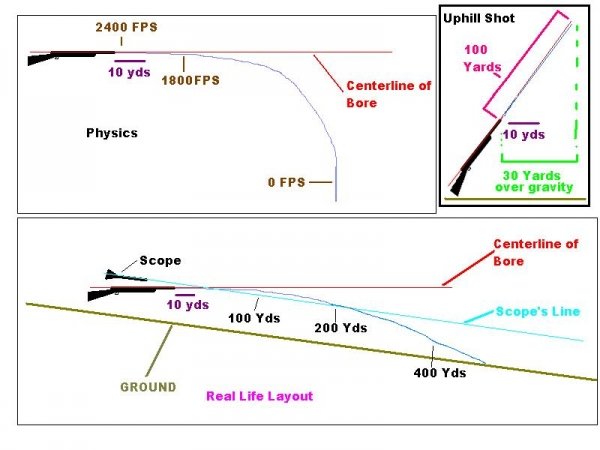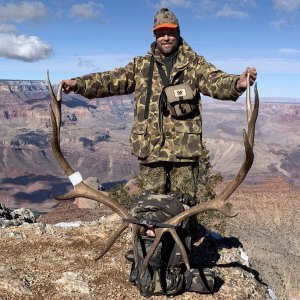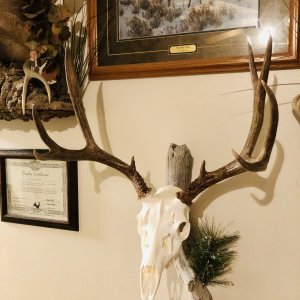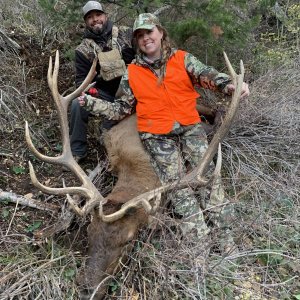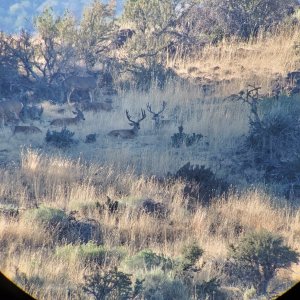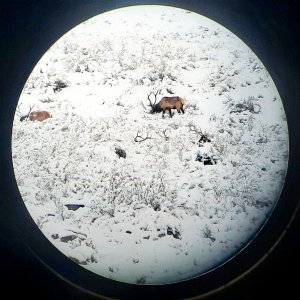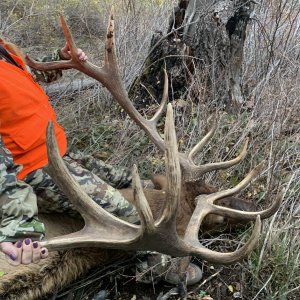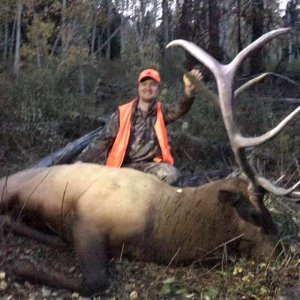Have answered this many times - here goes: Doesn't matter if it's a projectile from a gun or bow, they ONLY ever FALL. They don't have airfiols (wings), they are symetrical about their axis of flight, therefore they only ever fall. EVEN if they are aimed UPHILL or DOWNHILL. That explains why TYPICAL bullet trajectory "hits high at 100 yds when sighted in right-on at 200 yards". In that case the barrel of the gun is actually pointed UP, and still the bullet FALLS once it leaves the barrel. The bullet never actually rises, it just appears like it does, but in relation to a very straight line concentric with the gun's bore, it ONLY FALLS. Same with arrows. Once it leaves the bow, IT FALLS. Yardage, is NOT the distance to the TARGET, but rather TIME OVER GRAVITY, or better "Time Allowed To Fall Over Gravity Before Destiation". Every object falls TOWARD gravity by 32 feet per second squared, less wind resistance. Since we don't carry desktop computers in the field to do the long calculations of velocity/time/distance/resistance/etc., we usually go with "Distance Over Gravity". If you can envision all of that, it explains why if you place a treestand 90 feet (30 yards) in the air on a straight, plumb utility pole and a deer is standing touching the pole, it is a 1 foot shot, not a 30 yard shot. If you tie the deer to your stand and go to the ground, lean against the pole, it's still only a 1 foot shot. The arrow only still travels OVER GRAVITY by 1 foot. It just does it at an extreme angle.
It doesn't always sound right - but that's the physics of it.
I used to have a sketch of this - I'll try and dig it up.
EDPRE

